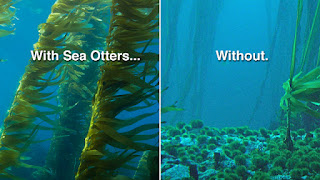Endangered Species Act - ENDANGERED!

Endangered Species Act Now Endangered by Mel Edie In 1973, the United States introduced the Endangered Species Act. This incredibly important legislation has served to conserve hundreds of threatened and endangered species as well as their habitats. Among the requirements to ensure successful protection include federal agencies working with environmental government services and the prohibition of "taking" (importing, exporting, etc) any of the listed species. To date, the Act protects over 1,600 domestic plant and animal species and has been 99% successful. However, under the Trump Administration, the strongest law protecting our biodiversity may itself be in danger. 1- Bald Eagle is one of the species negatively impacted by these policy changes. To read more about the Endangered Species Act, follow this link: ...

